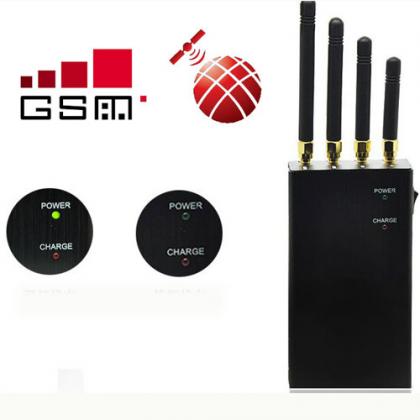Given the RF interference problem of GSM cellular phones, GSM jammer operate in TDMA mode and RF transmission and reception are not performed at the same time. The basic principle of reducing RF jammers is to strengthen matching and isolation.
When designing, keep in mind that the transmitter is in a high-powered state that is more likely to cause interference than the receiver. Therefore, the matching of the power amplifier (PA) must be ensured. In addition, the isolation of the RF front-end filter is an important indicator. The circuit board is generally made up of 6 or 8 layers and there must be enough ground plane to reduce RF interference.

It is emphasized that the high frequency system causes electromagnetic interference of digital baseband (DBB), analog baseband (ABB), etc., and strengthening the high frequency shield is an effective measure. He also pointed out that the TDMA noise and burst noise generated in communication between the mobile phone and the base station add more obvious noise to baseband speech processing, and care should be taken to remove this noise. In addition, TDMA noise mainly affects the voice part of the cellphone. You should therefore pay attention to the circuit board layout and the cabling of the speech section.
Some engineers pointed out that PA matched filtering has the ability to suppress spurious radiation, but still has limitations. Are there other solutions? You can choose a good front-end filter to improve out-of-band rejection. In relation to solving the RF power disturbance and selecting the RF LDO, the first thing to do is to ensure that the RF power supply has been well filtered. Second, if necessary, it is better to use independent power supplies for different RF circuits. When selecting an HF LDO, pay attention to its properties such as drive current, output noise and ripple suppression.
